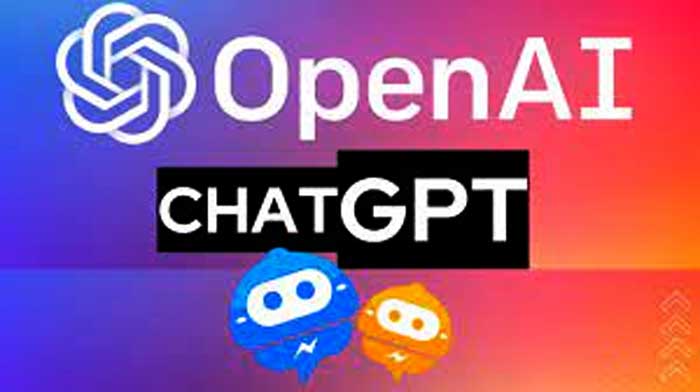ChatGPT: All The Information You Need
AI stands for “artificial intelligence.” It’s a way for computers and machines to do things that would normally require human intelligence, like learning, problem-solving, and making decisions.
For example, a self-driving car uses AI to decide which route to take and how to react to other cars on the road. A virtual assistant like Siri or Alexa uses AI to understand and respond to voice commands. And a chatbot uses AI to carry on a conversation with a person.
Overall, AI is a way for machines to do things that would normally require a person to think and make decisions. It can help us do things more quickly and efficiently, but it also raises important questions about how we will use it and what its limits should be. So, it’s an important and exciting field to study and understand.
The future of artificial intelligence (AI) is difficult to predict with certainty, but it is likely to have a significant impact on many aspects of our lives.
Here are some potential developments in the future of AI:
- Increased automation: AI is already being used to automate many tasks, and this trend is likely to continue. This could lead to increased efficiency and productivity, but it could also result in the displacement of certain jobs.
- Improved decision-making: AI algorithms are already being used to analyze large amounts of data and make decisions based on that data. In the future, AI could be used to make more complex and nuanced decisions, potentially even replacing human decision-makers in some cases.
- Enhanced human performance: AI could also be used to augment human capabilities, such as through the use of exoskeletons or other assistive technologies.
- More advanced natural language processing: AI’s ability to understand and generate human-like language is likely to continue to improve. This could lead to more sophisticated chatbots and virtual assistants, as well as the development of AI-powered translation tools.
- Greater use in healthcare: AI could be used to analyze medical records and make recommendations for patient care, as well as to assist with the early detection of diseases.
Overall, the future of AI is likely to be marked by both opportunities and challenges. It will be important for society to carefully consider the implications of these developments and to take steps to ensure that the benefits of AI are widely shared.
Artificial intelligence (AI) has made great strides in recent years, and chatbots are one example of this progress. Chatbots are computer programs that use natural language processing (NLP) to mimic human conversation, allowing them to communicate with users in a way that feels natural and intuitive.
One of the most well-known chatbots is GPT, or Generative Pre-training Transformer. Developed by OpenAI, GPT is a neural network-based language model that has been trained on a large dataset of human-generated text. This allows it to generate human-like text when given a prompt or topic to write about.
GPT has been used in a variety of applications, including language translation, content generation, and even chatbot development. In the realm of chatbots, GPT can be used to build more sophisticated and lifelike conversational experiences for users. For example, a chatbot powered by GPT might be able to carry on a conversation with a user about a wide range of topics, adapting to the user’s responses and providing appropriate responses.
One of the key benefits of using GPT for chatbot development is that it allows chatbots to learn and adapt over time. As the chatbot interacts with more users and gathers more data, it can improve its understanding of language and become more proficient at carrying on conversations. This means that chatbots powered by GPT have the potential to become increasingly lifelike and human-like as they gain more experience.
Overall, GPT is a powerful tool for chatbot development, enabling the creation of more realistic and engaging conversational experiences for users. As AI continues to advance, it’s likely that we’ll see even more sophisticated chatbots powered by GPT and other language models in the future.




